Population
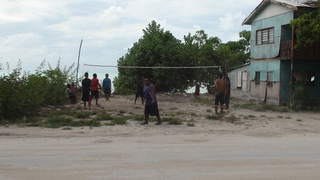
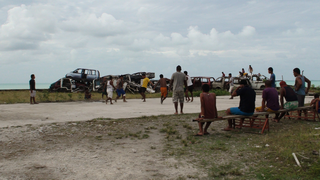
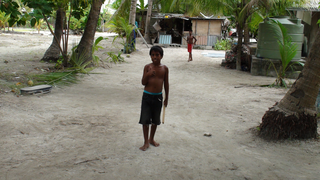

Kids
The children are happy and friendly
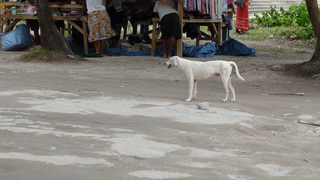
Dogs
Stray dogs wander around and are a problem for vehicles
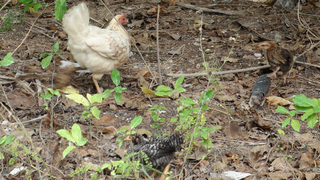
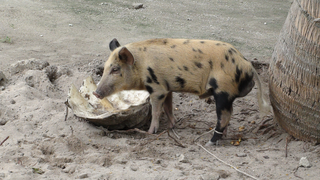
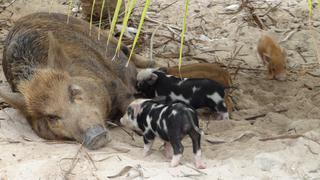
Pigs and Poultry
Pigs and chickens are on free range or extensive system of production
The population of Kiribati is concentrated in the Gilbert Islands. Only one of the islands in Phoenix Group (Kanton Island) is inhabited and has a small population of about 30 people. Three of the Line Islands are permanently inhabited.
Kiribati’s population has more than tripled in the past 80 years.
Population growth remains high at 1.8 per cent a year. High fertility is a key cause of this rapid population growth. Large families are also traditional in the region.
The rate of population growth has a significant influence on future wellbeing.
If not arrested it will increase demands on housing, land, energy, water, education, health services and employment opportunities.
The government forecasts South Tarawa's population could double to more than 100,000 by 2030 unless the birth rate slows, internal migration decreases and some citizens emigrate to outer islands.
Overcrowding is a major contributor to disease and impacts the water lens.
Impact of the Church
The church plays an integral role in Kiribati and efforts to limit birth rates have run into resistance.
Due to religious beliefs, there is quite an overt suspicion that family planning really means family stopping. Family planning is still viewed with scepticism.
The clergy tend to resist arguments in favour of family planning and birth control while others promote the ineffective "rhythm method".
Some churches oppose birth control because their doctrine teaches that "preborn souls" in heaven are waiting to receive their earthly bodies in Kiribati.
Impacts of Overcrowding on the Water Lens
The shallow underground water lens is where fresh water gathers when rain seeps through the ground.
This lens is the main source of fresh water for tens of thousands of people and water is pumped throughout South Tarawa.
Due to overcrowding, hundreds of squatters are living on top of South Tarawa's main water lens which sits barely 1.5 metres below ground level.
Many squatters keep pigs and dogs and this increases the chance of contamination of the fresh water lens.
Rubbish pollutes public areas and may leach into the fresh water supply.
Due to unsanitary conditions, there is a real possibility of serious contamination from human and animal faeces or decomposing tissue leaching through the ground to the fresh water.
These conditions increase the likelihood of diseases such as cholera, hepatitis A and typhoid.
Internal Migration
Migration to South Tarawa has contributed to poor housing and sanitary conditions. Approximately, 50% of Kiribati's population lives in South Tarawa and it is essentially "full".
In South Tarawa the infrastructure is mostly provided by the central government and this is part of the reason for considerable migration to this urban area.
The lack of domestic sea transport services encourages urban drift by people wanting better opportunities in South Tarawa.
